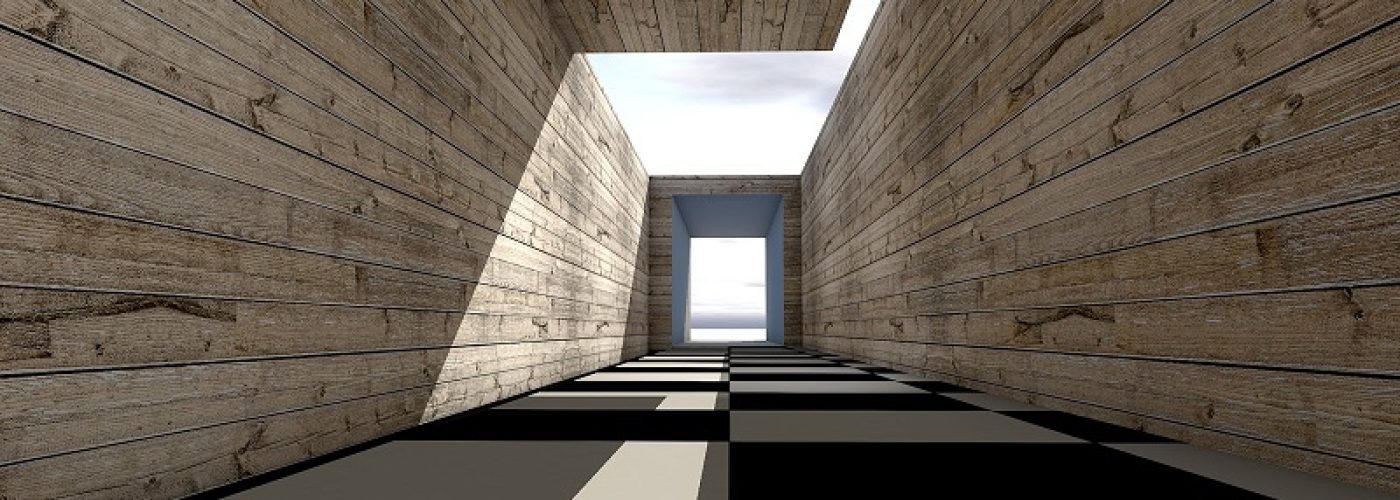Virtual Reality technology has been developed for a while now, however when people consider this technology their mind could more often go to demonstrations and simulations of space explorations and a range of other equally extraordinary, if not very useful, experiences. However, the technology is getting more diverse applications as it becomes more and more accessible, making VR much more practical.
Starrett, the hand tool specialist has been looking into the ways in which the construction industry can use virtual reality and what changes this could bring to the industry from contractors. The technical support team leader at Starrett, Graham Munro, has been examining this topic in more detail and feels that the technology can be used for more than just customer engagement by advertisers and online retailers.
Video games were the initial and main focus of virtual reality technology, and it is a great way to get a potential customer’s attention. However the developments being made could benefit a wider array of industries. The construction industry has been evolving as technology evolves as well. No longer a blueprints and paper, process, the construction industry uses 3D CAD software as an essential part of architectural design now. Developing from this is Building Information Modelling, or BIM, that is being adopted by a number of construction firms. BIM allows both architects and industry professionals a great deal more insight, which means that they can be more effective when planning, designing and managing their buildings and infrastructure.
IKEA has already launched their first high definition interactive showroom which uses virtual reality. The technology used by the Home and furniture giant offers customers the opportunity to see how their homes could look with a range of IKEA designs. Going back to the construction industry, larger construction companies are using VR technology in order to “walk” through and around their sites, transforming the more traditional job site walk. This level of immersion allows engineers and building professionals to assess the ergonomics and practicalities of their floor plans as well as notice any potential challenges ahead of the construction process.





